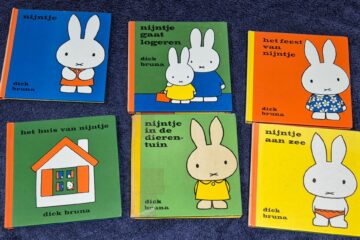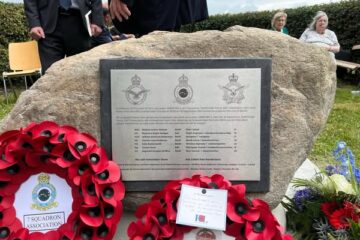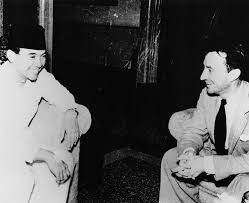There were some of 42 000 Dutch military and naval personnel and 100 000 Dutch civilians who were captured when the Japanese conquered the Netherlands East Indies in early 1942.
The Dutch POWs formed the second largest contingent of Allied prisoners of war on the Burma-Thailand railway, after the British. Estimates vary but the number who worked on the railway was possibly as high as 18 000.
Around 8000 Dutch POWs, who survived working on the Burma-Thailand railway, were later sent to Japan. However, around 3600 died during the voyage. In a single instance in 1944 over 1300 Dutch POWs died when a British submarine sank the transport ship Junyo Maru.
The 100,000 Dutch civilians captured by the Japanese – mainly women and children – were interned in the notorious Japanese camps.
The return home of the Dutch POWs and internees in 1945 was conducted by the British Repatriation of Allied Prisoners of War and Internees organisation (RAPWI).
It was not their intention to repatriate Dutch prisoners of war and civilian internees. Only British, Canadian, Australian, New Zealand, Indian and American prisoners of war and civilians were eligible, as well as persons with a medical indication. The Dutch would be taken to convalescent homes in the higher regions of Java and Sumatra.
However, the serious outbreaks of violence (Bersiap) that took place in October and November 1945 against the (Indo-)European population, the Chinese and the Pro-Dutch Indonesians thwarted these plans. In addition, Dutch people (especially Indo-Dutch) and other groups threatened by Indonesian extremists were interned by the Republik Indonesia in so-called ‘protection camps’.
Post war Allied Commander Lord Mountbatten then decided to expand the number of key evacuation areas on Java and Sumatra. In addition, more than 14,000 former internees were transferred to Batavia, Australia, Singapore, Ceylon, Bangkok and the Netherlands in December of 1945.
Overall, however, most of the released internees stayed in NEI when they were released from the camps.
Around 6,000 internees and Dutch POWs who needed immediate medical assistance were brought to Australia where they were allowed to recuperate for between 3 to 6 months, after which they were either repatriated to the Netherlands or went back to Netherlands East Indies.
A large number came to Camp Columbia in Brisbane where the Netherlands East Government in Exile was situated and several military barracks here were made available for these people.
Other internees and POWs that needed to recuperate went to other places in Australia.
An estimate 13,000 mainly women and children died in the Japanese camps. 8.200 POWs died in Japanese imprisonment. An estimated 6000 Dutch and Indisch were killed during Bersiap (lasted till late 1946).
Over the next decade some 300,000 Dutch and Indisch people left Indonesia and by far the largest majority ended up in the Netherlands, but some decided to emigrate to Australia. And again, those who came to Brisbane were brought to the former Camp Columbia which was now renamed Wacol Migrant Centre.
See also:
IN JAPANESE CAPTIVITY – Story of a teenager in wartime Java
Burma-Thailand Railway Prisoners of War
Dutch Australian History – Dutch East Indies and WWII
Japanse bezetting en Pacific-oorlog (stats)


